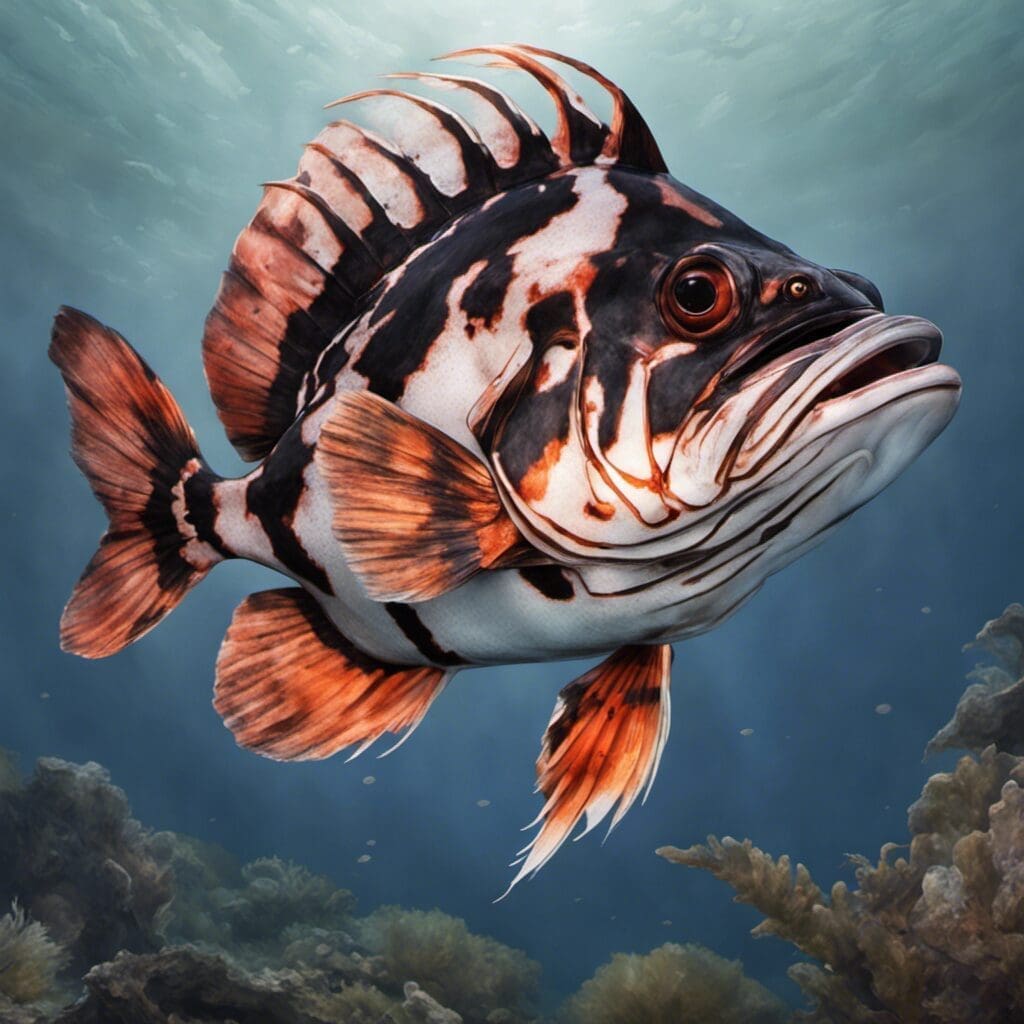Introduction
The Widow Rockfish, scientifically named Sebastes entomelas, is a species from the Sebastidae family.
Conservation Status
The current conservation status of the Widow Rockfish is classified as “Least Concern” by the International Union for Conservation of Nature (IUCN). Conservation efforts have been implemented to prevent overfishing and ensure this species’ sustainable future.
Statistics
| Statistic | Value |
|---|---|
| Average Length | 60 cm |
| Length Range | 46 – 74 cm |
| Average Weight | 1.8 kg |
| Weight Range | 1 – 2.5 kg |
| Average Lifespan | 60 years |
Distribution
The Widow Rockfish is found across the Pacific Ocean, specifically from the Gulf of Alaska to Baja California in Mexico. It does not display any significant migration patterns.
Habitats
The Widow Rockfish prefers marine environments, with a depth range from 40 to 420 meters. It can adapt to a wide range of temperatures.
When and Where to See
Seasonal patterns point to the summer months being the best time to spot Widow Rockfish as they spawn at this time. The best time of day to see them is during the day when they are most active.
Best Fishing Locations
1. Gulf of Alaska
2. Queen Charlotte Sound
3. Vancouver Island
4. Hecate Strait
5. California’s Eureka County
6. San Francisco Bay
7. Monterey Bay
8. Channel Islands National Park
9. San Diego County
10. Baja California
General Tips: Look for Widow Rockfish around underwater structures like reefs. They often form large schools making them easier to spot.
How to Catch
The preferred bait for catching Widow Rockfish are squid and shrimp. Fishing techniques include trolling and bottom fishing. The best time to catch them is during the day, especially during the summer spawning season.
Identification Guide
The Widow Rockfish has a dark blue to black body with a large mouth. Its body is slender and elongated, making it distinct from similar species.
Culinary
The Widow Rockfish is enjoyed for its sweet, mild flavor and firm texture. It is high in protein and low in fat. It can be grilled, baked, or pan-fried.
Additional Information
The Widow Rockfish is a slow-growing species that matures late, typically around 5 to 7 years of age. It feeds primarily on small fish and krill. Shark species and larger fish are known predators.
References and Further Reading
For more information on the Widow Rockfish, consider visiting the following resources:
1. The Alaska Department of Fish and Game’s guide to the[[Widow Rockfish]2. The NOAA Fisheries'[[ Species Directory]3. The MarineBio Conservation Society’s[[ Species Profile]can provide more in-depth information

